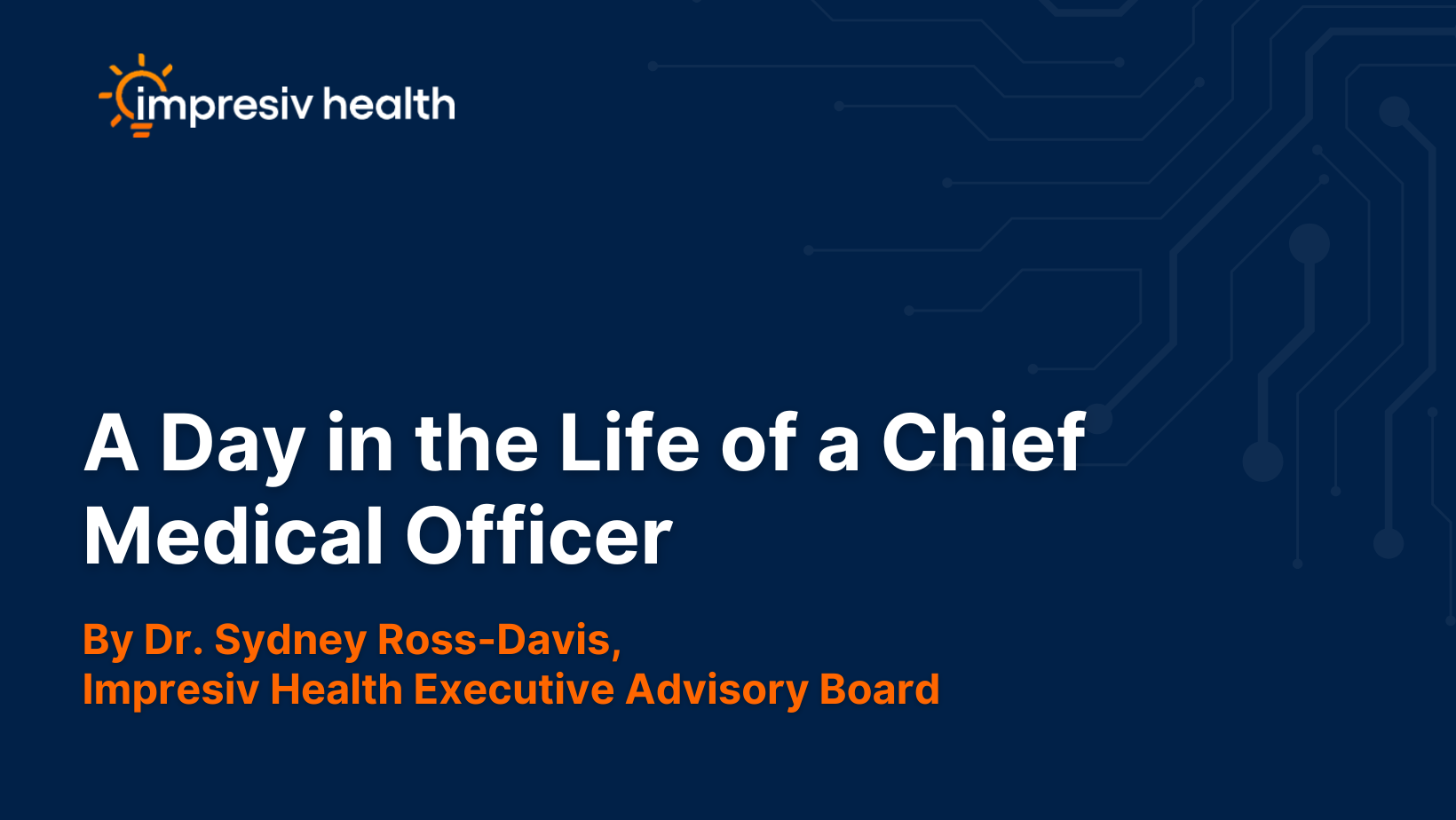Shared by Joe Oddo, Former CIO of TriWest HealthCare and Member of the Impresiv Health Executive Advisory Board
Key Point to Remember: Utilize Strong Staffing Partners that Understand Your Business and Processes
Over the years, I've consistently emphasized this to the CEOs, CIOs, CTOs, and CISOs I've worked with: strong staffing partnerships are essential for bringing in the right talent to help your leaders succeed. With that in mind, what are the key strategies for building a high-performing extended or contingent team?
Strategy #1: Decision Criteria – WHEN should a role or resource be filled by contingent staffing versus a full-time employee?
Singular Roles: Leverage contingent workers for entry-level or senior technical positions as part of a “try before you buy” approach. This could take the form of internships or short-term contracts, allowing you to evaluate their fit and capabilities before committing to a permanent hire.
Project Teams: Consider employing contingent workers for project-based roles, including fully formed agile teams, especially when additional manpower is needed or when your existing team lacks the required expertise for a specific initiative.
Why This Works: This strategy helps you manage costs and allocate resources efficiently. It’s particularly valuable when you need specialized skills for strategic guidance or to support a specific, time-limited project.
Examples:
Clinical Project Manager – A transitional role designed to support the implementation of new clinical healthcare processes within your organization.
Agile IT Teams – Bring in a dedicated team to deploy a new clinical management solution while providing hands-on training for your existing staff.
Strategy #2: Contingent Work – Key Considerations for Business Initiatives and Core Processes
Assessments: An experienced contingent worker can offer valuable insights, particularly when evaluating business processes for greater efficiency. Bringing in a “fresh set of eyes” provides a focused perspective that can help identify opportunities to streamline and improve operations.
Administrative tasks: Routine responsibilities that may not be the best use of your current staff's time and effort, such as updating government compliance documentation.
Why This Works: Keeping your existing employees focused on critical operations and customer engagement is essential. By bringing in contingent workers to handle process-driven tasks, you can free up your core team to concentrate on higher-value, strategic initiatives.
Examples:
Government Financial or Regulatory Compliance Documentation: Ensure annual updates are completed accurately by considering an external team to handle this critical task.
Clinical Management – Process Assessments: Tap into external expertise to evaluate and refine key business processes, enhancing efficiency and effectiveness.
Strategy #3: Global Staffing – Balancing Cost and Efficiency in Talent Acquisition
Explore contingent staffing options from the following sources:
- Onshore/Local Sourcing: Talent located within the same country, such as the United States.
- Offshore Sourcing: Teams based in regions with significantly different time zones (8-12 hours ahead or behind), such as India.
- Nearshore Sourcing: Talent in nearby time zones, typically within a 2-3 hour difference, such as Latin or South America.
Why This Works:
- Onshore: Leverage onshore and local talent to provide industry-specific expertise while working closely with your existing team. This approach ensures seamless collaboration and alignment with your business objectives.
- Offshore: Utilize offshore resources for tasks that require minimal collaboration or to provide operational support during off-hours. This strategy can reduce costs by approximately 35-50% while maintaining consistent support and efficiency.
- Nearshore: Opt for nearshore staffing when moderate collaboration with your in-house team is necessary, such as for agile project initiatives or specific tasks. Nearshore teams can participate in “agile stand-ups” to maintain close communication and monitor progress, particularly when their work depends on onshore resources. This option offers cost savings of 25-35%.
Examples:
- Onshore: Tasks that demand in-person presence and specialized expertise, such as hospital system implementations.
- Offshore: Work that requires minimal collaboration, like development code migrations or off-hours IT Help Desk support.
- Nearshore: Projects that benefit from occasional in-person collaboration. This could involve fully agile teams handling a project initiative or specific agile team members contributing specialized skills.
Summary:
Consider these three proven strategies for optimizing your contingent staffing. Remember, your success is only as strong as the team supporting you. Talk to some of the top leaders in your organization—they’ll tell you that a great team is the key to their success.
If you have any questions, need more details, or want support in building a high-performing organization, feel free to reach out to me at joddo@impresivhealth.com.
Happy Team Building!
Have staffing needs? We offer workforce management solutions that can help. Click here to schedule time with our Customer Success Team.






